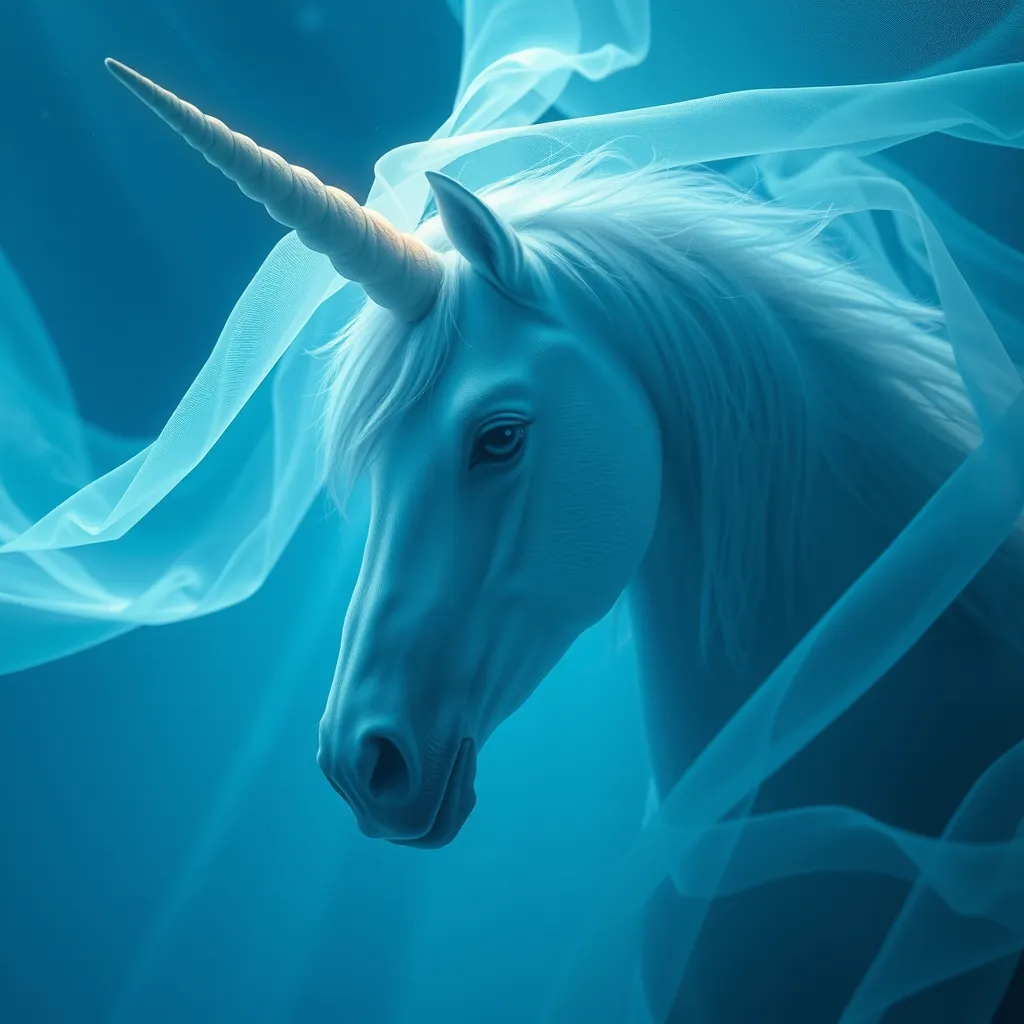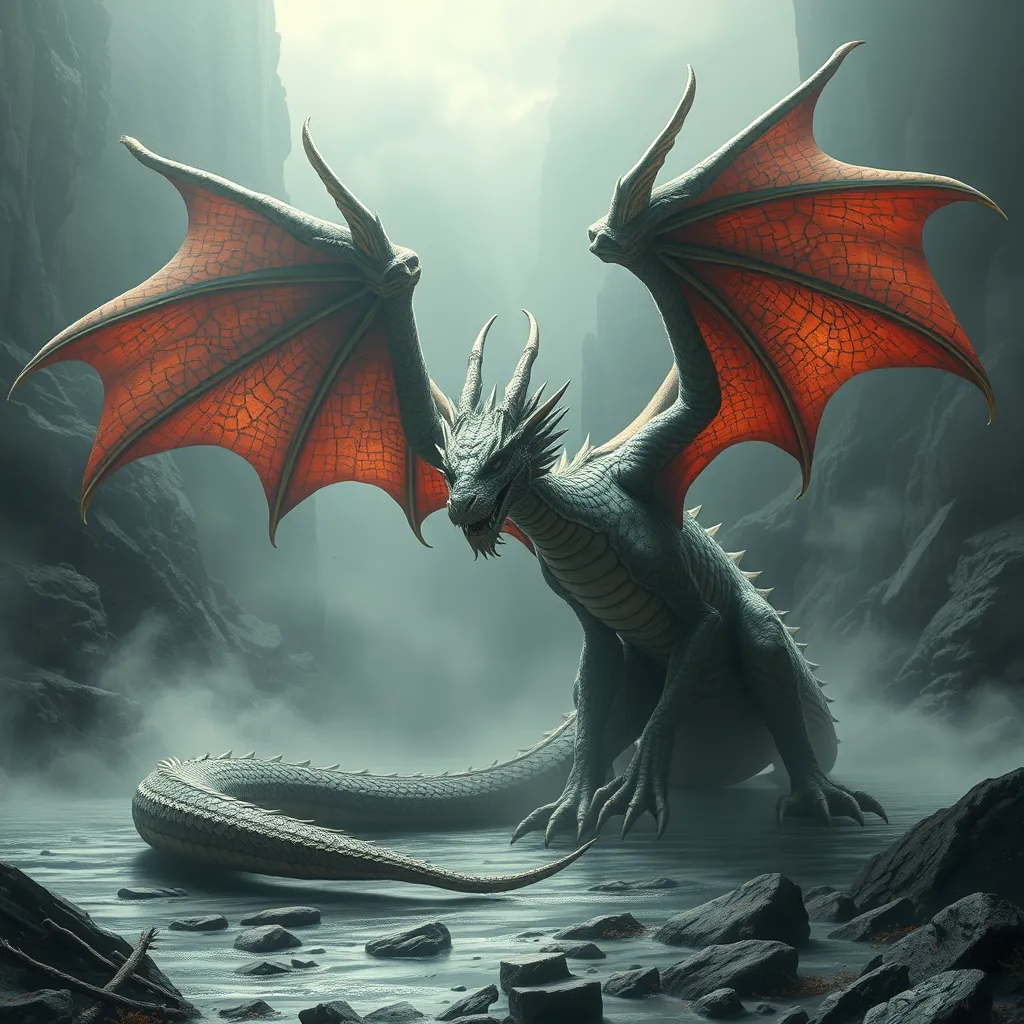The Dragon’s Legacy: Ancient Serpents and the Myths of Japan
I. Introduction to Dragons in Japanese Culture
Dragons have captured the imagination of cultures around the world, symbolizing a wide range of ideas from chaos to wisdom. In global mythology, these serpentine creatures often embody power, strength, and mystery. In Japan, dragons hold a unique place, deeply embedded in the nation’s folklore and traditions.
Japanese dragons, or “ryū,” are typically viewed as benevolent creatures, unlike their more fearsome counterparts in Western mythology. They are associated with water, agriculture, and the fertility of the earth, making them essential figures in the cultural and spiritual landscape of Japan.
II. Historical Origins of Japanese Dragons
The imagery of dragons in Japan has evolved over centuries, influenced significantly by interactions with neighboring cultures. Early representations of dragons in Japan can be traced back to ancient artifacts and texts, showcasing a variety of forms and meanings.
Chinese dragon mythology played a pivotal role in shaping Japanese beliefs about these creatures. As trade and cultural exchanges took place between Japan and China, the Chinese dragon’s symbolism—representing power, imperial authority, and auspiciousness—was integrated into Japanese culture. This cross-cultural influence established a unique interpretation of dragons within the Japanese context.
III. The Symbolism of Dragons in Japanese Mythology
In Japanese mythology, dragons are not merely fearsome beasts; they are revered as gods and protectors. They embody various ideals and virtues:
- Power: Dragons are seen as symbols of strength and authority, often associated with the forces of nature.
- Wisdom: Many stories depict dragons as wise beings, guardians of knowledge and secrets.
- Benevolence: Unlike Western dragons, Japanese dragons are often considered benevolent, protecting humans and bringing good fortune.
IV. Notable Dragon Figures in Japanese Folklore
Several prominent dragon figures in Japanese folklore highlight the significance of these creatures:
Ryujin: The Dragon God of the Sea
Ryujin is one of the most famous dragon gods in Japan, ruling over the ocean and its treasures. He is often depicted as a powerful serpent, capable of controlling tides and storms. Ryujin is also associated with rice cultivation, symbolizing fertility and abundance.
Yamata no Orochi: The Eight-Headed Serpent
Yamata no Orochi is a legendary creature known for its monstrous size and eight heads. In the myth, it terrorizes the land until it is defeated by the hero Susanoo. This tale illustrates themes of heroism, sacrifice, and the victory of good over evil.
Other Significant Serpentine Figures in Myths
In addition to Ryujin and Yamata no Orochi, other notable dragon-like beings include:
- Takeminakata: A deity associated with agriculture, who is often depicted with dragon-like features.
- Fujin: The god of wind, sometimes represented alongside dragons, highlighting their connections to nature.
V. Dragons in Japanese Art and Literature
Dragons have been prominent subjects in various traditional art forms in Japan:
- Painting: Artists like Katsushika Hokusai and Utagawa Kuniyoshi have created iconic images of dragons that capture their majestic and fearsome qualities.
- Sculpture: Many temples feature intricate dragon sculptures, often adorning gates or as part of water features.
In literature, dragons appear in many classical works, including poetry and stories. They symbolize not only physical power but also the moral and spiritual strength of the characters who encounter them.
VI. Festivals and Rituals Celebrating Dragons
Dragons are celebrated in various festivals across Japan, reflecting their importance in culture and religion. Some notable celebrations include:
- Shinto Festivals: Many shrines dedicated to dragon deities hold annual festivals, where rituals are performed to honor and appease these powerful beings.
- Dragon Boat Festivals: These events often include boat races and traditional performances that celebrate the dragon’s connection to water and agriculture.
Rituals and practices, such as offerings and prayers, are commonly performed to seek blessings from dragon deities, showcasing their enduring significance in Japanese spiritual life.
VII. The Influence of Dragons in Modern Japanese Culture
Dragons have found a new life in contemporary Japanese media, appearing in various forms of entertainment:
- Anime and Manga: Series like “Dragon Ball” and “Naruto” feature dragons and dragon-like creatures, illustrating their power and mystical qualities.
- Films: Studio Ghibli films, such as “Spirited Away,” incorporate dragon characters that emphasize their connection to nature and spirituality.
The legacy of dragon mythology continues to thrive in Japanese society, influencing modern storytelling and artistic expression.
VIII. Conclusion: The Enduring Myth of the Dragon
The cultural significance of dragons in Japan is profound and multifaceted. From ancient times to modern interpretations, dragons have represented power, wisdom, and benevolence, remaining central to the Japanese mythological landscape.
As we reflect on the impact of ancient serpent myths, it is clear that they have shaped not only folklore but also contemporary beliefs and practices in Japan. The dragon’s legacy endures, reminding us of the deep connections between myth and culture.



